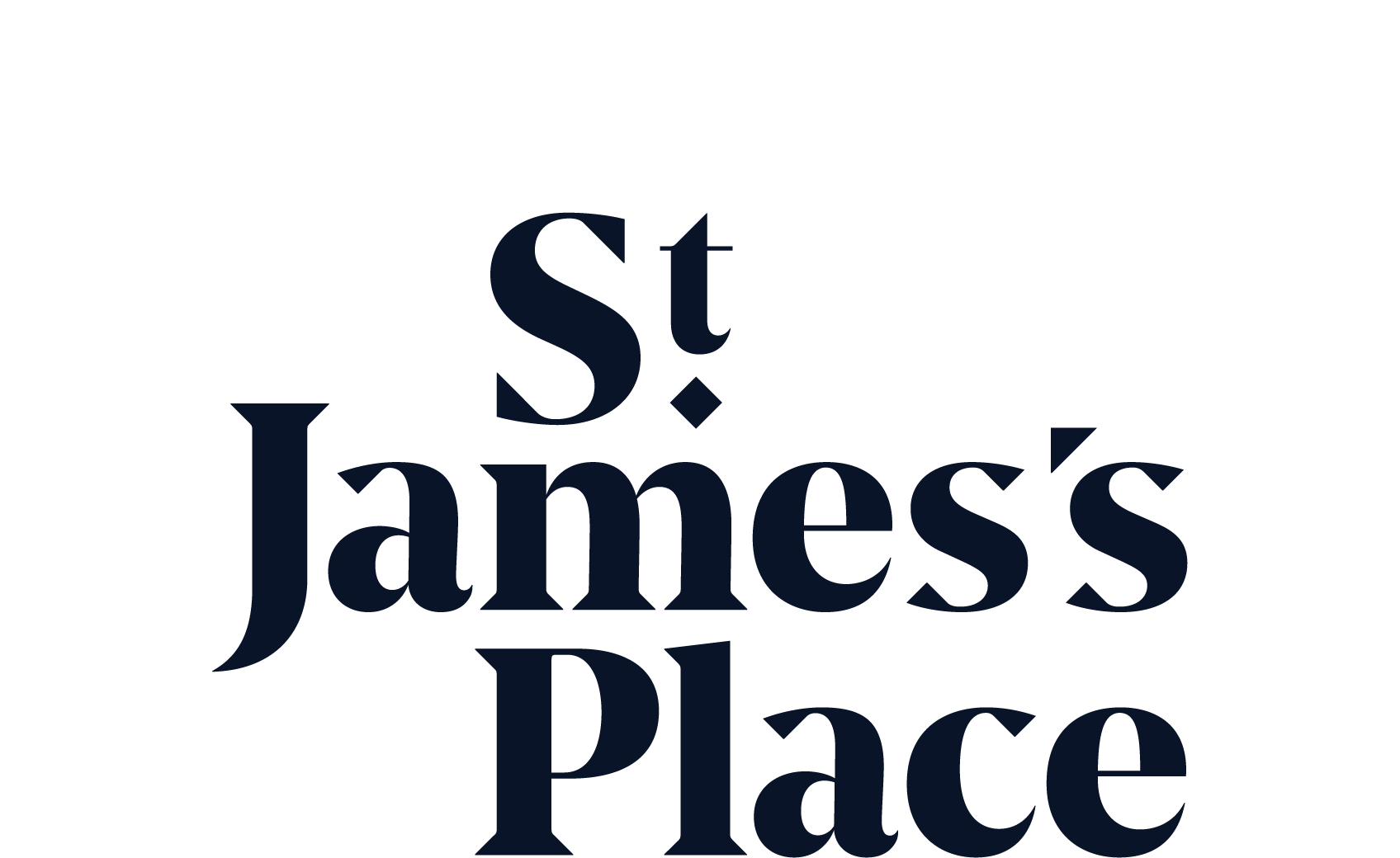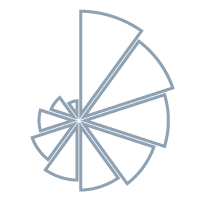Read time: 3 min read
As a limited-company owner, one of your most satisfying – but sometimes tricky – decisions is how to pay yourself. There are many ways you can extract profits from your business, but the tax rules around these methods change regularly, so it makes sense to seek advice to find the most efficient combination.
The three main options for extracting profits are:
- take more salary
- pay extra pension contributions
- pay a dividend
The best combination depends on your personal needs, which will change over time. For example, you have to balance taking money out, investing for the future, and planning for your exit and retirement.
David Burr, Director of Carroll Accountants, says the government has changed several tax policies – effective for this year and next – that you should consider carefully before you decide how to extract profits. Here are four questions you should ask yourself.
What are my National Insurance contributions?
Both employers and employees pay National Insurance (NI) contributions, which means business owners who pay themselves as employees pay twice.
The NI rates and thresholds changed in April and July 2022. Employer NI is still 13.8%, but there’s now an additional Health and Social Care Levy (HSCL) of 1.25%. Employee NI is now 13.25% (including HSCL) for earnings between £242 and £967 a week; and 3.25% for any earnings above £967 a week
How much is Corporation Tax?
The main Corporation Tax rate is still 19% for the 2022/23 tax year but will rise to 25% from April 2023 for businesses with profits of £250,000 and over. Those with profits of £50,000 or less will stay at 19% and there will be a marginal taper for profits between £50,000 and £250,000.
Dividends can be an effective way to extract profits due to the low Dividend Tax rates compared to Income Tax, as explained below. But be aware you also pay Corporation Tax on profits before dividends. Salary and pension contributions are deductible business expenses, so they reduce your profits and Corporation Tax. Dividends are not deductible expenses, so do not reduce your profits or Corporation Tax.
With Corporation Tax at 19%, if you had £20,000 to distribute, this would leave £16,200 to pay out as a dividend. But with Corporation Tax set to rise next year, it could become more efficient to pay your profits into a pension – bearing in mind you cannot access those funds until you are 55.
David also advises start-up owners to ask their financial adviser to compare the tax pros and cons of trading as a limited company versus being a sole trader. “They could be financially better off staying as a sole trader, and it’s not costly to become limited later if required,” he says.
How much tax do I pay on income and dividends?
Your salary is subject to your marginal rates of Income Tax. The thresholds for these rates, which usually increase each year, have been frozen until 2026, which will drag more people into higher rates.
If paying yourself in dividends, you may also have access to the dividend allowance of £2,000. How much tax you pay on dividends depends on your Income Tax band, and the Dividend Tax rates went up by 1.25% in April 2022. But they’re still less than what you would pay on salary. This makes it potentially more advantageous to continue taking profits in dividends rather than salary in a limited company - at least until Corporation Tax goes up for some companies next year.
David suggests that you should always take a tax-free dividend each year, otherwise you lose the £2,000 allowance. It doesn’t carry over year on year.
What are my pensions allowances?
Pensions are a tax-efficient way to take profits, providing you don’t need the money until 55 or later. Subject to limits, pension contributions aren’t taxed immediately, and are only subject to your marginal rates of Income Tax when you take your pension income. In most cases, you can also receive 25% of that income tax-free.
However, this tax relief only applies within an annual allowance of £40,000, which may make a pension contribution less favourable if you’re already near that threshold. However, your annual allowance shouldn’t be the sole reason for dismissing pension contributions as an option – it’s a complex area and advice is essential.
Act now
Extracting profits from a company involves some complicated decisions. Most business owners combine the three routes of salary, pension and dividends to maximise their allowances and provide a realistic income and protection for the future.
Speak to us to determine which options will work for you.
Read time: 3 min read
As a limited-company owner, one of your most satisfying – but sometimes tricky – decisions is how to pay yourself. There are many ways you can extract profits from your business, but the tax rules around these methods change regularly, so it makes sense to seek advice to find the most efficient combination.
The three main options for extracting profits are:
- take more salary
- pay extra pension contributions
- pay a dividend
The best combination depends on your personal needs, which will change over time. For example, you have to balance taking money out, investing for the future, and planning for your exit and retirement.
David Burr, Director of Carroll Accountants, says the government has changed several tax policies – effective for this year and next – that you should consider carefully before you decide how to extract profits. Here are four questions you should ask yourself.
What are my National Insurance contributions?
Both employers and employees pay National Insurance (NI) contributions, which means business owners who pay themselves as employees pay twice.
The NI rates and thresholds changed in April and July 2022. Employer NI is still 13.8%, but there’s now an additional Health and Social Care Levy (HSCL) of 1.25%. Employee NI is now 13.25% (including HSCL) for earnings between £242 and £967 a week; and 3.25% for any earnings above £967 a week
How much is Corporation Tax?
The main Corporation Tax rate is still 19% for the 2022/23 tax year but will rise to 25% from April 2023 for businesses with profits of £250,000 and over. Those with profits of £50,000 or less will stay at 19% and there will be a marginal taper for profits between £50,000 and £250,000.
Dividends can be an effective way to extract profits due to the low Dividend Tax rates compared to Income Tax, as explained below. But be aware you also pay Corporation Tax on profits before dividends. Salary and pension contributions are deductible business expenses, so they reduce your profits and Corporation Tax. Dividends are not deductible expenses, so do not reduce your profits or Corporation Tax.
With Corporation Tax at 19%, if you had £20,000 to distribute, this would leave £16,200 to pay out as a dividend. But with Corporation Tax set to rise next year, it could become more efficient to pay your profits into a pension – bearing in mind you cannot access those funds until you are 55.
David also advises start-up owners to ask their financial adviser to compare the tax pros and cons of trading as a limited company versus being a sole trader. “They could be financially better off staying as a sole trader, and it’s not costly to become limited later if required,” he says.
How much tax do I pay on income and dividends?
Your salary is subject to your marginal rates of Income Tax. The thresholds for these rates, which usually increase each year, have been frozen until 2026, which will drag more people into higher rates.
If paying yourself in dividends, you may also have access to the dividend allowance of £2,000. How much tax you pay on dividends depends on your Income Tax band, and the Dividend Tax rates went up by 1.25% in April 2022. But they’re still less than what you would pay on salary. This makes it potentially more advantageous to continue taking profits in dividends rather than salary in a limited company - at least until Corporation Tax goes up for some companies next year.
David suggests that you should always take a tax-free dividend each year, otherwise you lose the £2,000 allowance. It doesn’t carry over year on year.
What are my pensions allowances?
Pensions are a tax-efficient way to take profits, providing you don’t need the money until 55 or later. Subject to limits, pension contributions aren’t taxed immediately, and are only subject to your marginal rates of Income Tax when you take your pension income. In most cases, you can also receive 25% of that income tax-free.
However, this tax relief only applies within an annual allowance of £40,000, which may make a pension contribution less favourable if you’re already near that threshold. However, your annual allowance shouldn’t be the sole reason for dismissing pension contributions as an option – it’s a complex area and advice is essential.
Act now
Extracting profits from a company involves some complicated decisions. Most business owners combine the three routes of salary, pension and dividends to maximise their allowances and provide a realistic income and protection for the future.
Speak to us to determine which options will work for you.
Read time: 3 min read
As a limited-company owner, one of your most satisfying – but sometimes tricky – decisions is how to pay yourself. There are many ways you can extract profits from your business, but the tax rules around these methods change regularly, so it makes sense to seek advice to find the most efficient combination.
The three main options for extracting profits are:
- take more salary
- pay extra pension contributions
- pay a dividend
The best combination depends on your personal needs, which will change over time. For example, you have to balance taking money out, investing for the future, and planning for your exit and retirement.
David Burr, Director of Carroll Accountants, says the government has changed several tax policies – effective for this year and next – that you should consider carefully before you decide how to extract profits. Here are four questions you should ask yourself.
What are my National Insurance contributions?
Both employers and employees pay National Insurance (NI) contributions, which means business owners who pay themselves as employees pay twice.
The NI rates and thresholds changed in April and July 2022. Employer NI is still 13.8%, but there’s now an additional Health and Social Care Levy (HSCL) of 1.25%. Employee NI is now 13.25% (including HSCL) for earnings between £242 and £967 a week; and 3.25% for any earnings above £967 a week
How much is Corporation Tax?
The main Corporation Tax rate is still 19% for the 2022/23 tax year but will rise to 25% from April 2023 for businesses with profits of £250,000 and over. Those with profits of £50,000 or less will stay at 19% and there will be a marginal taper for profits between £50,000 and £250,000.
Dividends can be an effective way to extract profits due to the low Dividend Tax rates compared to Income Tax, as explained below. But be aware you also pay Corporation Tax on profits before dividends. Salary and pension contributions are deductible business expenses, so they reduce your profits and Corporation Tax. Dividends are not deductible expenses, so do not reduce your profits or Corporation Tax.
With Corporation Tax at 19%, if you had £20,000 to distribute, this would leave £16,200 to pay out as a dividend. But with Corporation Tax set to rise next year, it could become more efficient to pay your profits into a pension – bearing in mind you cannot access those funds until you are 55.
David also advises start-up owners to ask their financial adviser to compare the tax pros and cons of trading as a limited company versus being a sole trader. “They could be financially better off staying as a sole trader, and it’s not costly to become limited later if required,” he says.
How much tax do I pay on income and dividends?
Your salary is subject to your marginal rates of Income Tax. The thresholds for these rates, which usually increase each year, have been frozen until 2026, which will drag more people into higher rates.
If paying yourself in dividends, you may also have access to the dividend allowance of £2,000. How much tax you pay on dividends depends on your Income Tax band, and the Dividend Tax rates went up by 1.25% in April 2022. But they’re still less than what you would pay on salary. This makes it potentially more advantageous to continue taking profits in dividends rather than salary in a limited company - at least until Corporation Tax goes up for some companies next year.
David suggests that you should always take a tax-free dividend each year, otherwise you lose the £2,000 allowance. It doesn’t carry over year on year.
What are my pensions allowances?
Pensions are a tax-efficient way to take profits, providing you don’t need the money until 55 or later. Subject to limits, pension contributions aren’t taxed immediately, and are only subject to your marginal rates of Income Tax when you take your pension income. In most cases, you can also receive 25% of that income tax-free.
However, this tax relief only applies within an annual allowance of £40,000, which may make a pension contribution less favourable if you’re already near that threshold. However, your annual allowance shouldn’t be the sole reason for dismissing pension contributions as an option – it’s a complex area and advice is essential.
Act now
Extracting profits from a company involves some complicated decisions. Most business owners combine the three routes of salary, pension and dividends to maximise their allowances and provide a realistic income and protection for the future.
Speak to us to determine which options will work for you.




